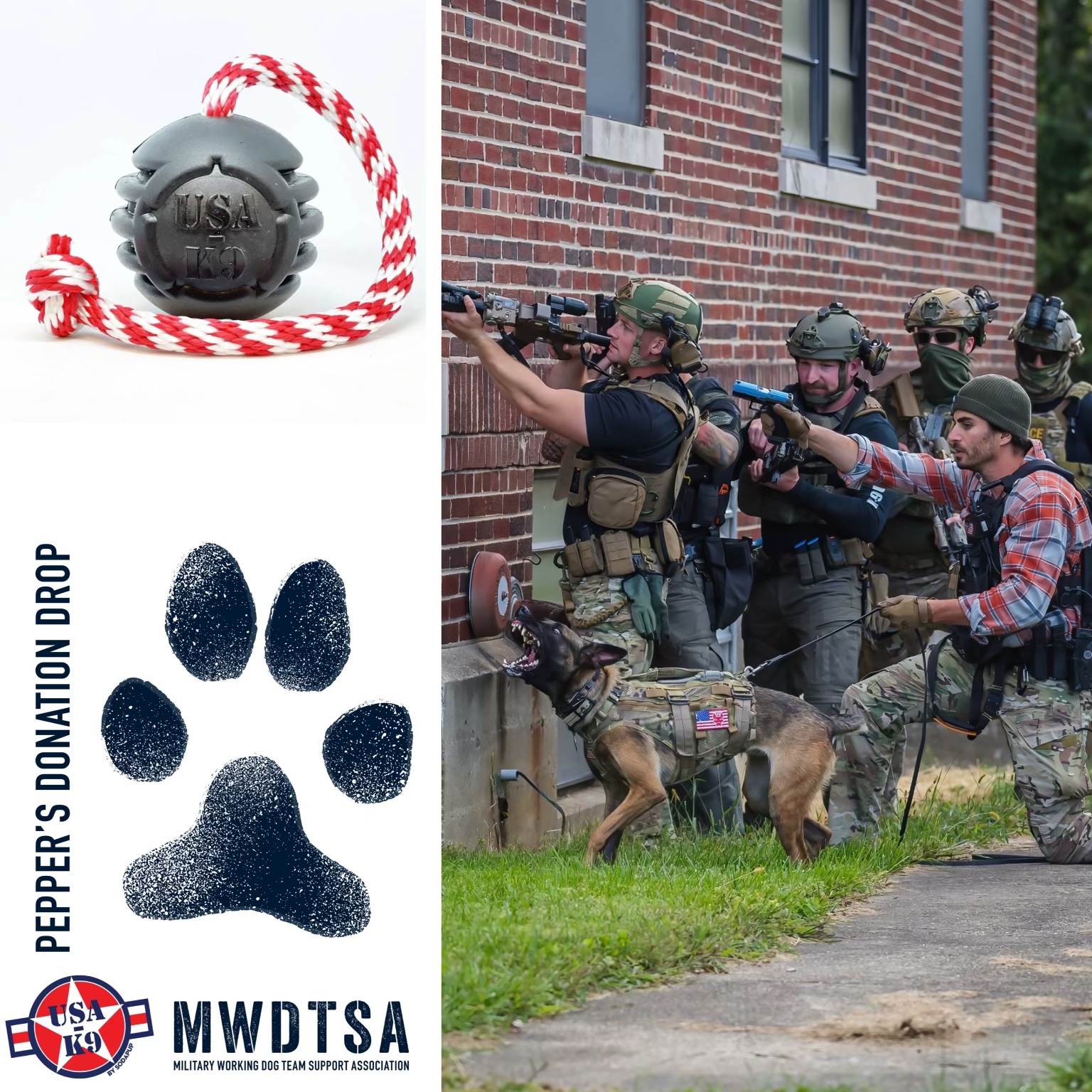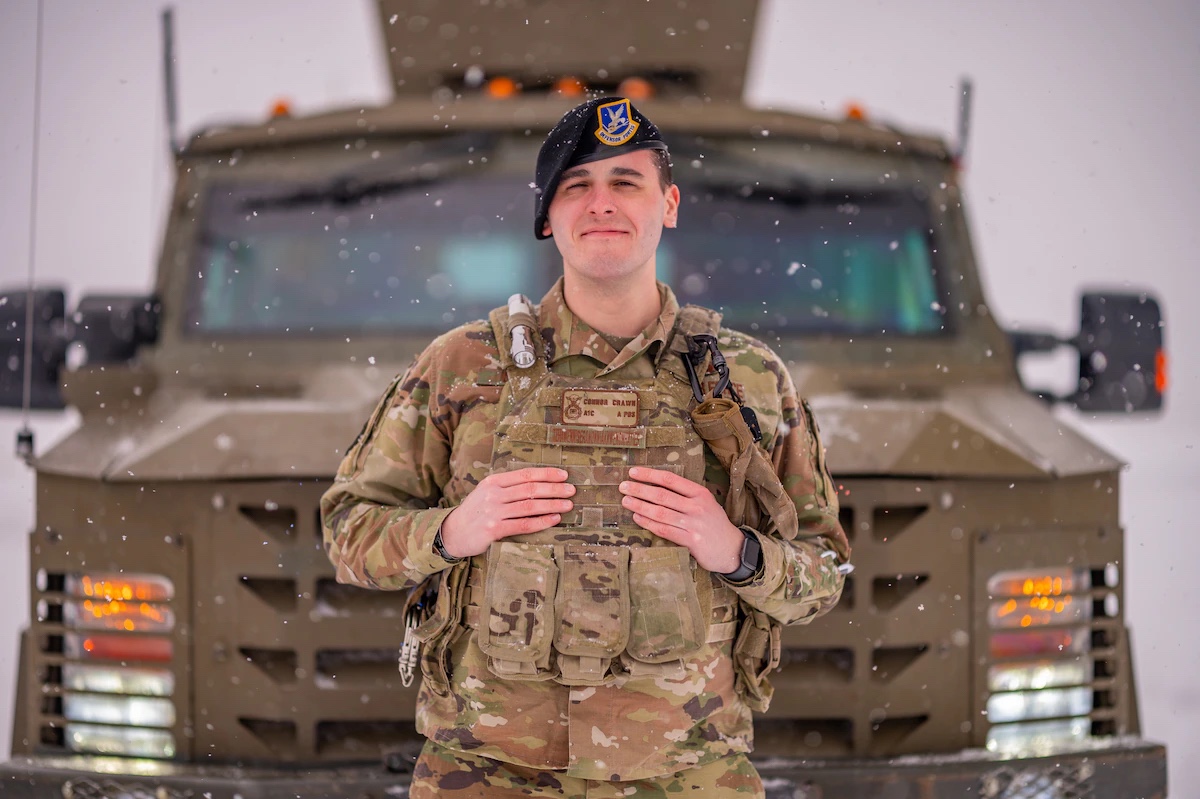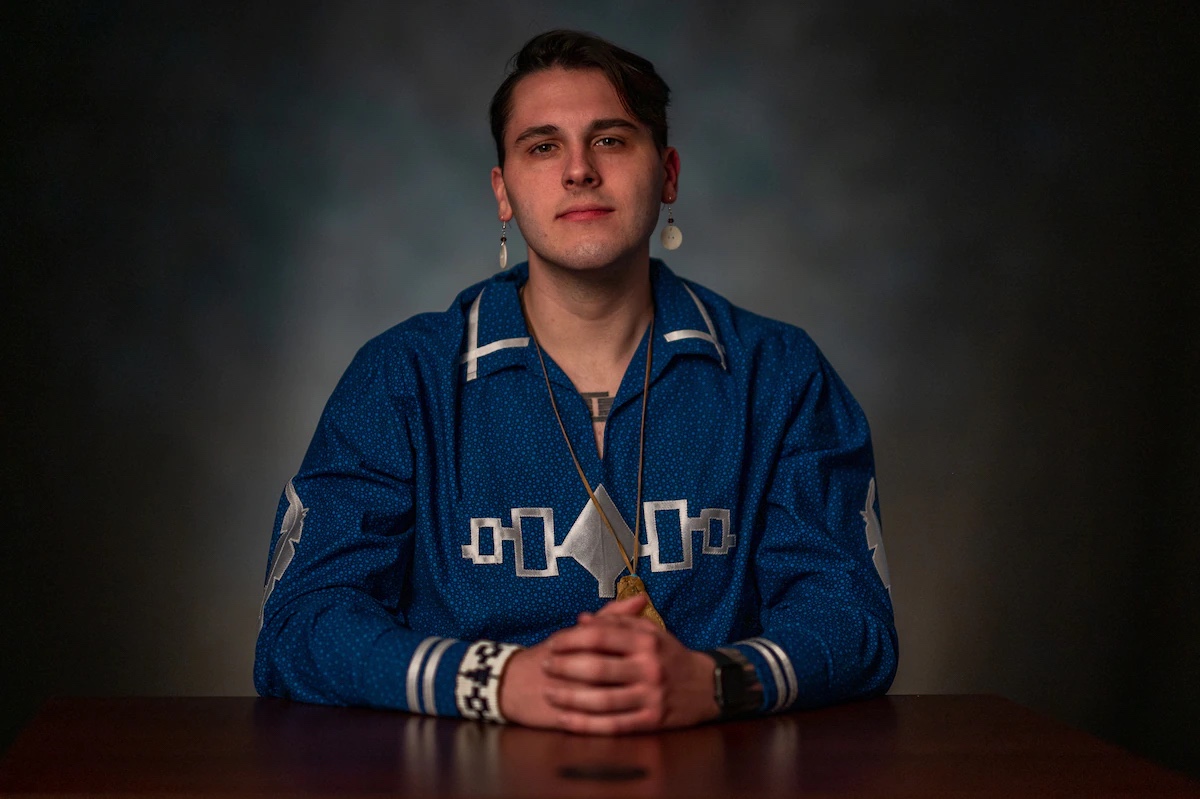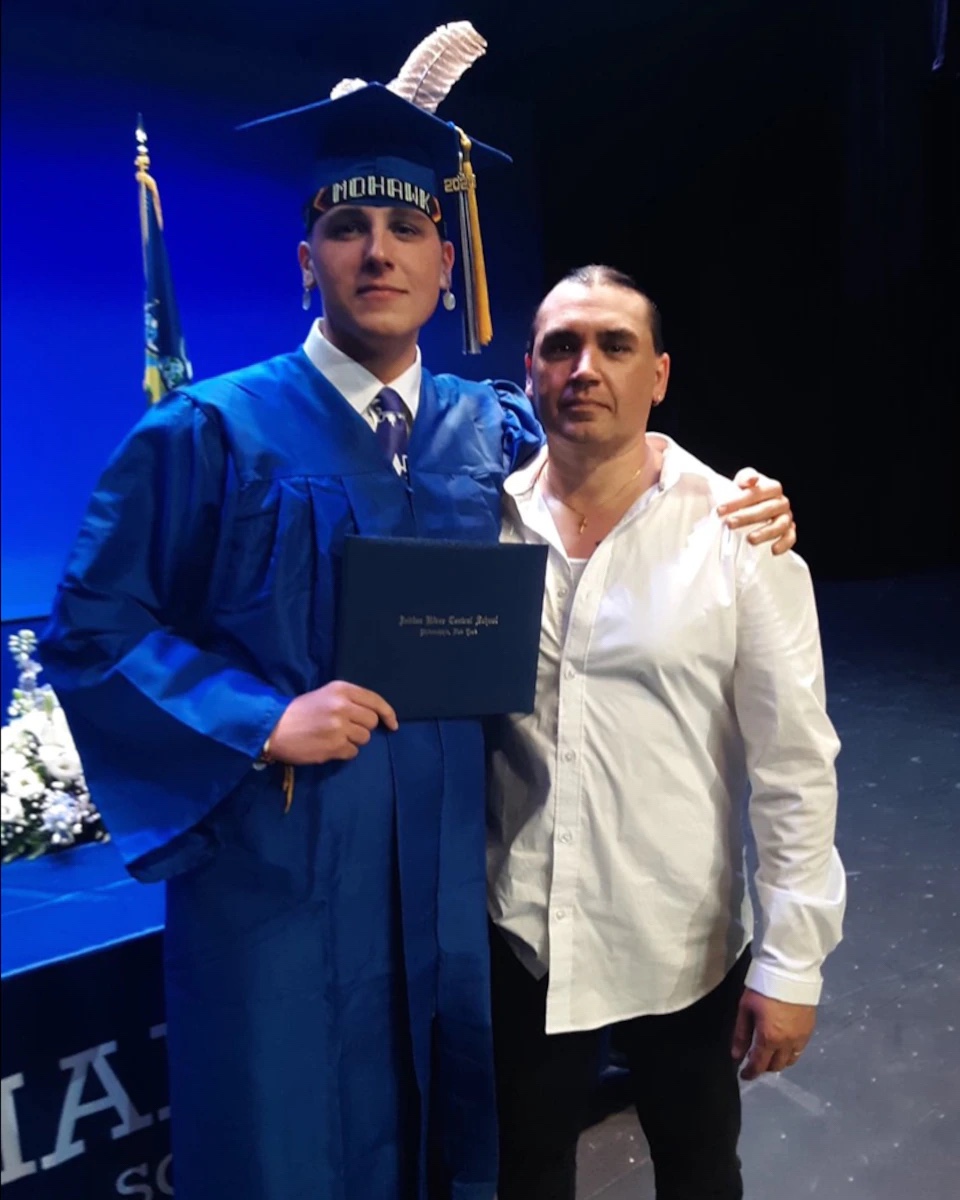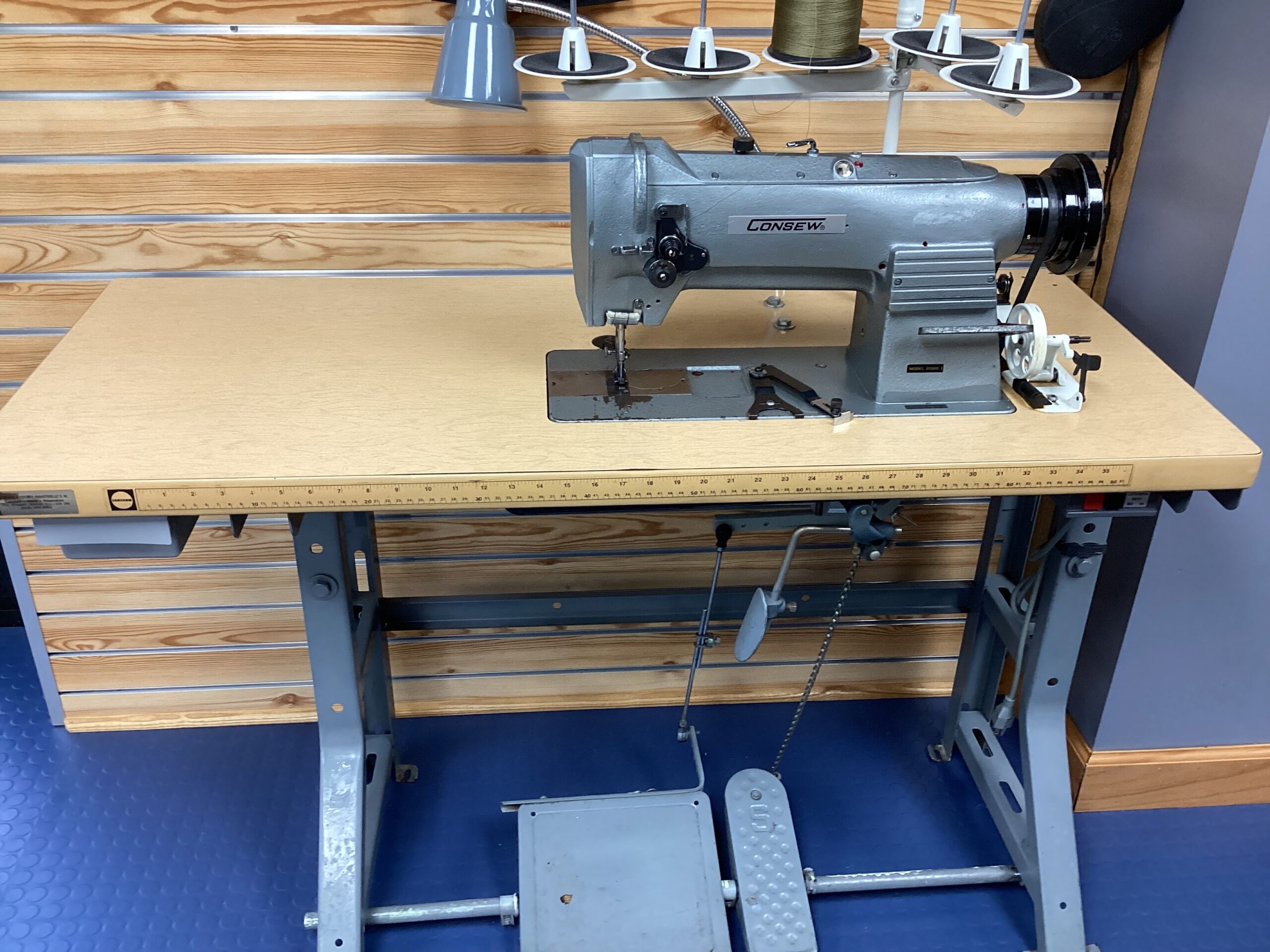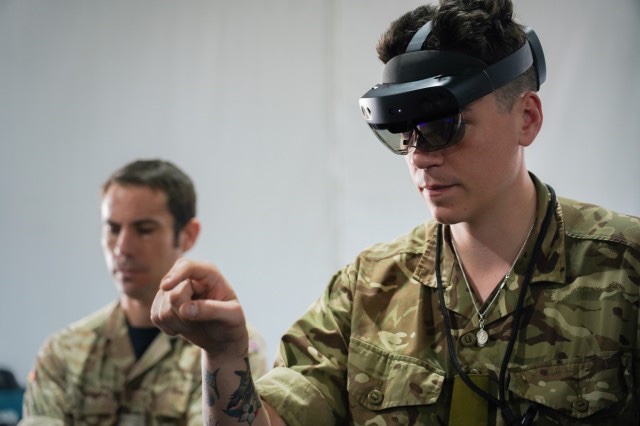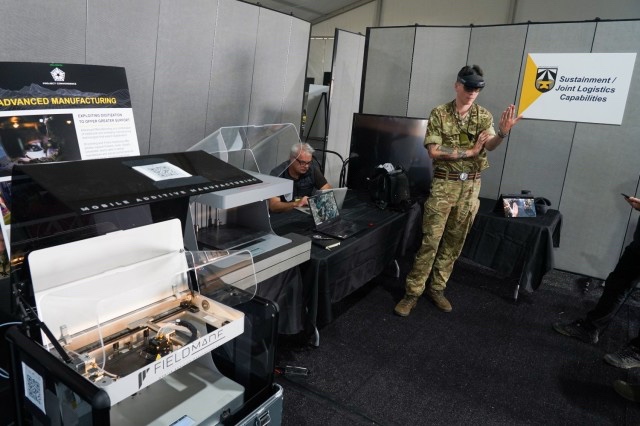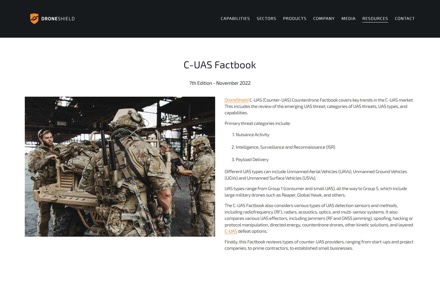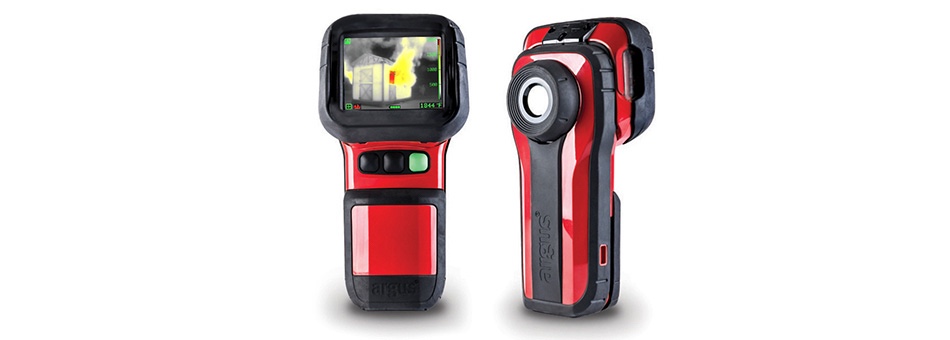One of the biggest codebreaking achieved by Naval intelligence during WWII was on April 14, 1943, they learned that Adm. Isokoru Yamamoto was preparing a visit to the upper Solomon Islands to inspect Japanese bases. Commander in Chief Pacific Fleet Adm. Chester W. Nimitz immediately relayed the details to Secretary of the Navy Frank Knox, who informed President Franklin D. Roosevelt. According to reports, the president’s response was “Get Yamamoto.” Whether or not the president actually said those terms, the order was given to assassinate the mastermind of the Pearl Harbor attack.
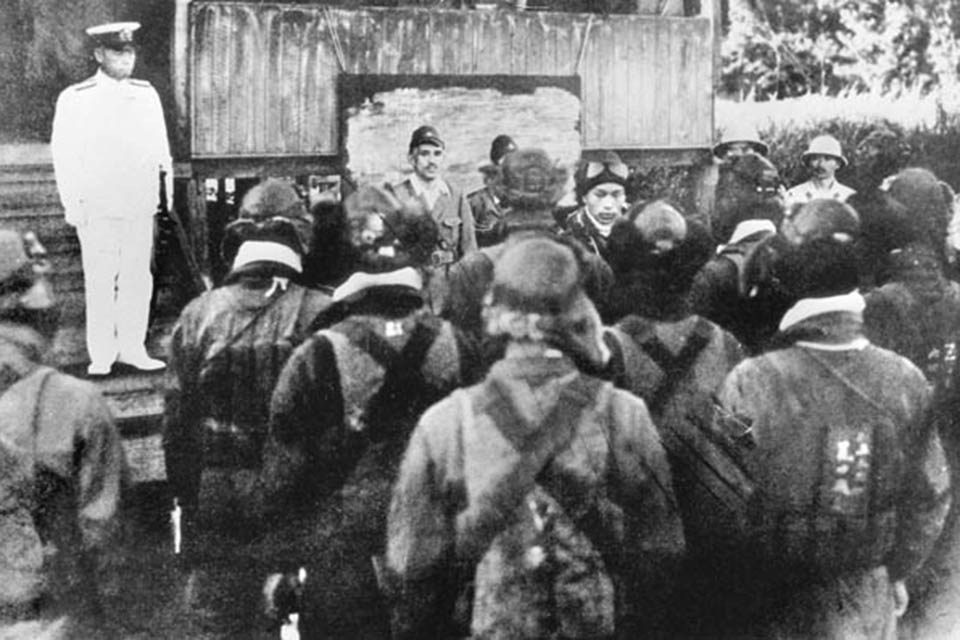
Ironically, the object of American vengeance had repeatedly put his life on the line by speaking out against US wars. He saw how poor industrial Japan was in comparison to the United States and the United Kingdom because of his postings in America and England.
When asked how he thought a war between Japan and America would go, Yamamoto replied that he would “run wild for six months or a year, but after that I have absolutely no confidence.”
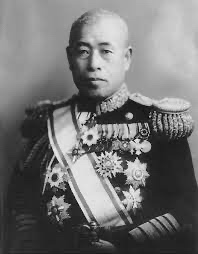
“It is a mistake to consider Americans as luxury-loving and weak,” Yamamoto said in a meeting with classmates from his hometown of Nagaoka on Sept. 18, 1941. Remember the American industry is much more mature than ours, and they have unlimited oil supplies, unlike us. Japan would never be able to defeat the United States. As a result, we should refrain from fighting the US.”
When his government decided to go to war, Yamamoto put his personal feelings aside and pledged to do everything in his power to win.
Yamamoto was playing chess with a member of his team, Capt. Yasuji Watanabe, when they learned over the radio about the assault on Pearl Harbor and Japan’s subsequent declaration of war. “That’s too bad, Watanabe,” he said. Tell the Emperor that the navy did not intend it this way from the start if I die before you.”
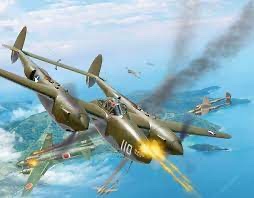
Operation Vengeance is a vengeance-seeking operation.
Adm. Yamamoto was killed when the Betty bomber was shot down over Bougainville on April 18, 1943.
Following that came an incredible run of Japanese victories. The Imperial Japanese Fleet was then defeated at Midway, nearly six months to the day after Pearl Harbor. Yamamoto saw the writing on the wall when the arduous Guadalcanal war ended in early 1943. “I sense that my life must be completed in the next hundred days,” he wrote in a letter to a friend in Marchs. He left for the south to oversee the next phase of the operation.
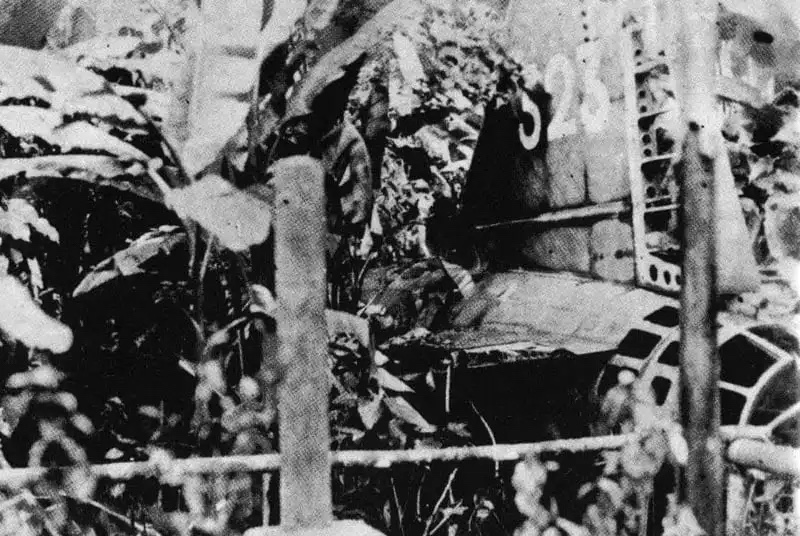
Operation I-Go was a joint Japanese navy-army aerial counter-offensive launched on April 1, 1943, to halt American advances in the Solomon Islands and New Guinea. Yamamoto, now based in Rabaul, decided on April 13 that he wanted to inspect Japanese bases in the upper Solomons. Yamamoto halted the offensive on April 16, pending the completion of his inspection, after acknowledging without question exaggerated pilot reports of ship sinking’s and aircraft shootdowns.
Eighteen P-38s were chosen and fitted with special drop tanks (sixteen for the assault, two spares). While the others targeted the fighter escorts, a “killer” flight of four fighters led by Capt. Thomas G. Lanphier, Jr. would target the two Betty bombers containing Yamamoto and his staff.
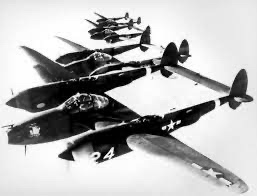
Nimitz had to time his window of opportunity to intercept Yamamoto perfectly. Fortunately for him, his opponent was known for being punctual. Yamamoto’s path was outside the control of naval fighters, but it was within the range of Army Air Force P-38Gs that had recently been deployed to Guadalcanal.
Maj. John Mitchell USAAF, commander of Squadron 339, found himself assisting Vice Adm. Marc Mitscher and other senior commanders in preparing the assault on April 17. The intercept will take place over Bougainville Island. A 1,000-mile round trip was planned, with a 600-mile roundabout approach from the south. Eighteen P-38s were chosen and fitted with special drop tanks (sixteen for the assault, two spares). While the others targeted the fighter escorts, a “killer” flight of four fighters led by Capt. Thomas G. Lanphier, Jr. would target the two Betty bombers containing Yamamoto and his staff.
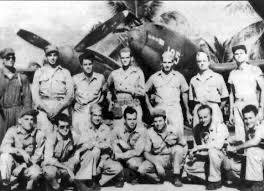
Operation Vengeance is a vengeance-seeking operation.
Any of the pilots who flew Adm. Yamamoto’s assassination flight, Operation Vengeance. From left to right: William Smith, Doug Canning, Besby F. Holmes, Rex Barber (historians believe he was the pilot who shot down Yamamoto), John William Mitchell, Louis Kittel, and Gordon Whittiker. Roger Ames, Lawrence Graebner, Julius Jacobsen; Eldon Stratton, Albert Long, and Everett Anglin; and unknown, crouching from left to right. Image from the National Archives
The P-38s of Operation Vengeance took off at 7:25 a.m. on April 18, the first anniversary of the Doolittle Raid. They arrived at the intercept point at 9:34 a.m. and saw their objective exactly on time.
While the other planes assaulted the other escorts, Lanphier and 1st Lt. Rex T. Barber of the killer flight split up to target the Bettys and immediate escorts. One P-38 and its pilot, 1st Lt. Raymond K. Hine, were killed when both bombers were shot down.
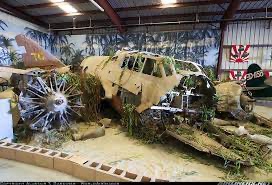
“That son of a bitch will not be dictating any peace terms in the White House,” Lanphier radioed shortly before noon, as the returning P-38s prepared to land at Henderson Field. Yamamoto was no longer alive. Lanphier’s comment was a misinterpretation of Yamamoto’s words, as he broke radio silence to say. Yamamoto was implying that a military victory over America could not be achieved by winning a single war, or even a series of battles.
The Navy Cross was awarded to any pilot who took part in the assault. The question of who shot down Yamamoto’s plane sparked a debate, with both Lanphier and Barber claiming responsibility. Barber was later identified as the perpetrator by historians.


